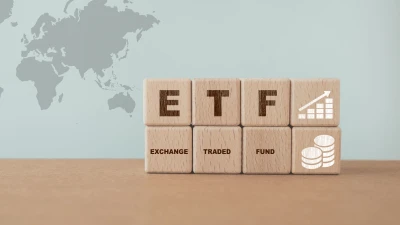Funds struggling to maintain outperformance


Only 14% of ‘top-quartile’ Australian active funds have managed to consistently retain this rating over three years, according to S&P Dow Jones.
Latest data from the index provider to December 2019 found 14% of top quartile funds retained that rating over three years and only 1% retained it over five years.
Funds in the Australian real estate investment trust (AREIT) equity sector were least likely to remain in the top quartile over three years while Australian fixed income funds were most likely.
Across all fund sectors, only 15.8% of funds consistently beat their benchmarks over three years and 1.3% over five years. The most-consistent sector over three years was the Australian equity mid and small cap sector. For Australian equity funds, only 16 of the 145 funds which outperformed in 2017 continued to outperform in the subsequent two years.
Looking at outperformance over five years, of the 397 Australian funds which beat their benchmark in 2015, only five (1.3%) managed to repeat this outperformance over four consecutive years and there were no specific sectors which performed better than others.
S&P Dow Jones said funds that did outperform in the five-year period tended to have a lower liquidation rate in the subsequent five years across all categories.
Out of the 167 Australian funds which were top-quartile in the five-year period ending December 2014, only 15% of them were liquidated during the subsequent five years.
Recommended for you
Two former senior Global X employees have launched their own ETF provider, ETF Shares, focused on offering index ETFs for advisers and retail investors.
With GCQ Funds Management and Lakehouse Capital making their recent ETF debuts, the two fund managers unpack why financial advisers are essential to their respective launches.
ETF provider Global X is set to launch its latest ETF, focused on artificial intelligence infrastructure.
Index provider MSCI has unveiled two measures to make it easier for financial advisers and wealth managers to access transparent insights into private assets.















